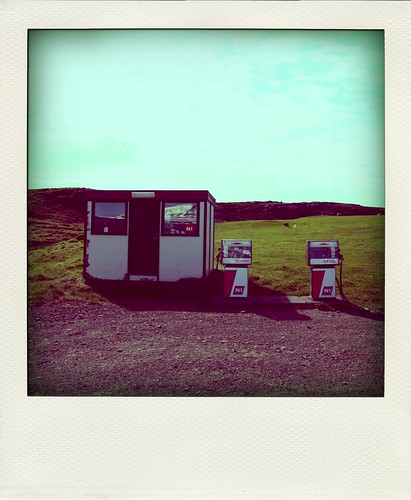Moods of Norway with playful PlayStation branding
Tuesday, January 27, 2009
 A short norwegian love story. The trendy clothing brand Moods of Norway has shown daring standard in design and marketing from the very beginning of their brands history. Not least, they have shown a real joy playing with their own brand.
A short norwegian love story. The trendy clothing brand Moods of Norway has shown daring standard in design and marketing from the very beginning of their brands history. Not least, they have shown a real joy playing with their own brand.
In connection with the release of the brilliant game Little Big Planet, they have transferred this playfulness to an interactive gaming platform. LBA is a long awaited release for game enthusiasts, much due to the fact that players can create their own levels that can be shared with other players. It is precisely that, a game level, Moods of Norway has created. 
The distributor of the PlayStation3 has been in dialogue with
Moods of Norway for a long period to find a good collaboration project. Marketing Director Morten Christoffersen at Nordisk Film Interactive (distributor of PlayStation in Norway) notes that this collaboration was a carefully selected choice. "Moods of Norway is perfect for a"less serious" game like Little Big Planet. Their values and the game's content was a perfect fit. There were never any doubt that this was a match made in game heaven."
So how to measure whether such cooperation is a success or not? Christoffersen noted that only after a couple of weeks 1,300 people had played the MoN board and by doing so involved themselves in the brand. (The level takes 6-8 minutes to play through). A number of media outlets in Norway and abroad have written about the cooperation, but this is not where I think the most important value is to be found. The value in taking the customer seriously and show that they want to be present in their daily life is imperative. A typical PS3 player is approaching his 30's and enjoys a good game experience. By providing a free experience to them, brandstories ignites. Stories that can be distributed further. It is rare to see something this close to a perfect and innovative brand collaboration in Norway.
Great to see that Norwegian ad agencies (Making Waves in this case) can make good alternative interactive applications. More of this please!
PlanB did an interview with Making Waves which can be found here if you want to read more about how they made the game level.
However, if you only want to see a movie of it, take a look at this charmer. As you can see. This is in real Moods of Norway spirit.
Well done to both PlayStation and Moods of Norway.

.jpg)



